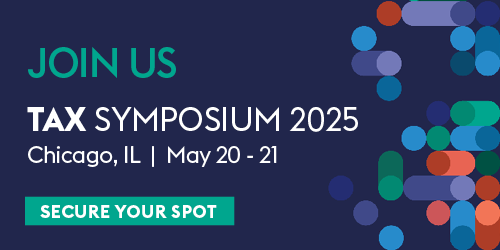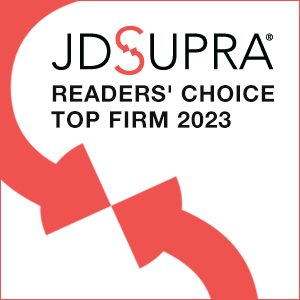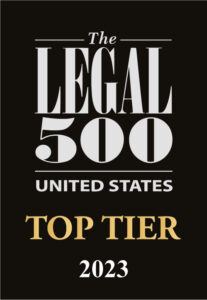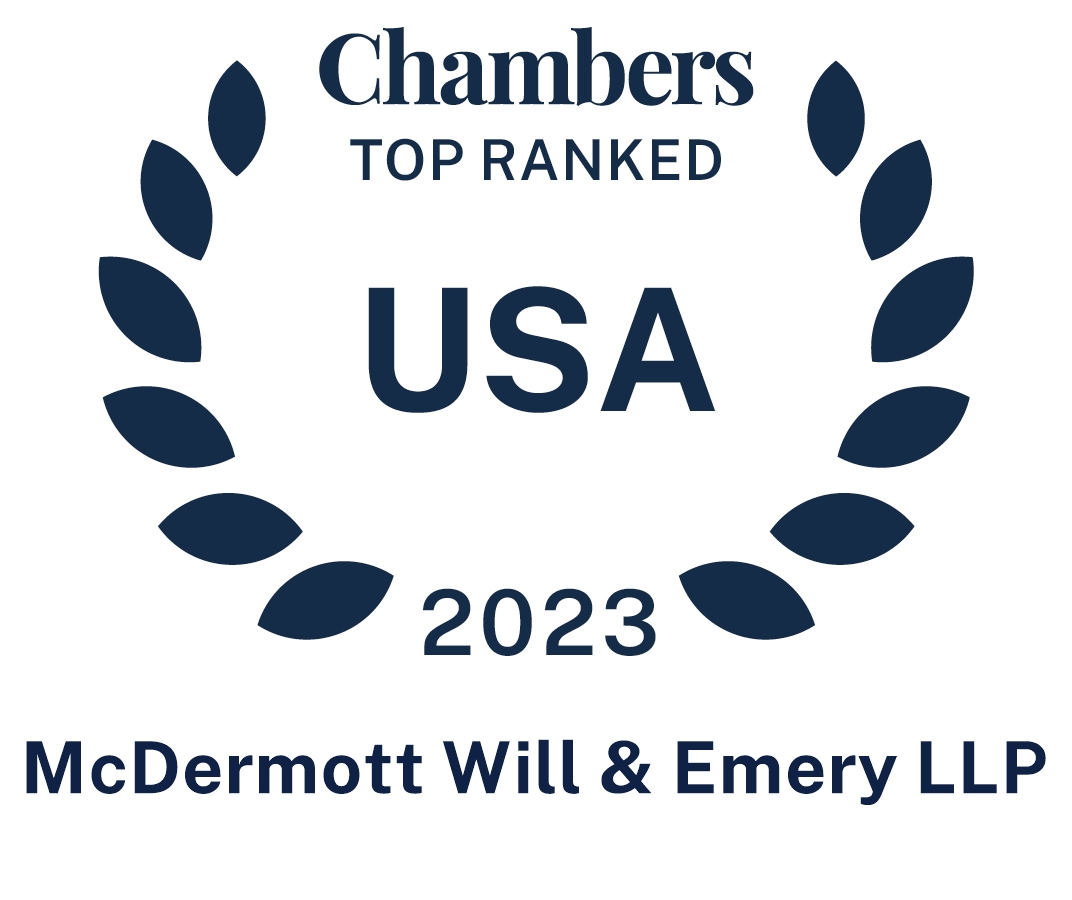Check out our summary of significant Internal Revenue Service (IRS) guidance and relevant tax matters for the week of January 6, 2025 – January 10, 2025.
January 6, 2025: The IRS released Internal Revenue Bulletin 2025-2, which includes Announcement 2025-2. The announcement states that, if finalized, certain portions of proposed regulations on required minimum distributions under Section 401(a)(9) of the Internal Revenue Code (Code) will not apply before the 2026 distribution calendar year.
January 7, 2025: The IRS reminded taxpayers that final 2024 quarterly estimated tax payments are due January 15, 2025.
January 7, 2025: The IRS announced that the IRS Free File Guided Tax Software is now available through eight private-sector partners for taxpayers with adjusted gross income of $84,000 or less in 2024. One partner will offer a product in Spanish.
January 7, 2025: The IRS reminded taxpayers that IRS-certified volunteers are available to help qualified individuals file federal tax returns. Taxpayers can also sign up to volunteer with the Volunteer Income Tax Assistance or Tax Counseling for the Elderly programs.
January 8, 2025: National Taxpayer Advocate (NTA) Erin M. Collins released her 2024 Annual Report to Congress. The report identifies the 10 most serious problems involving taxpayers’ interactions with the IRS and makes administrative and legislative recommendations to address said problems. NTA Collins found overall improvement in the IRS’ service to taxpayers but also acknowledged persistent challenges, including delays in processing Employee Retention Credit claims and resolving Identity Theft Victim Assistance cases.
January 8, 2025: The IRS issued Revenue Ruling 2025-3, which addresses whether Section 530 of the Revenue Act of 1978, Pub. L. No. 95-600, as amended (Section 530) (addressing controversies involving whether individuals are employees for purposes of employment taxes), or the reduced rates of Code Section 3509 apply in five factual situations articulated in the ruling. The ruling also addresses whether the IRS will issue a notice of employment tax determination under Code Section 7436 in these same five situations.
The IRS also issued Revenue Procedure 2025-10 to provide updated guidance regarding the implementation of Section 530.
January 8, 2025: The IRS issued Revenue Procedure 2025-11, which provides the process under Code Section 48E(h) to apply for an allocation of capacity limitation as part of the Clean Electricity Low-Income Communities Bonus Credit Amount Program for 2025 and subsequent years. Receipt of an allocation increases the amount of the clean electricity investment credit determined under Section 48E(a) for the taxable year in which the applicable facility, with which the allocation of capacity limitation is associated, is placed in service. The revenue procedure provides guidance regarding the application process, including application review, documentation requirements, and placed in service reporting requirements. It also provides information on requirements specific to the Additional Selection Criteria application options, including documentation submission requirements, and describes how the capacity limitation will be divided across the facility categories.
January 10, 2025: The IRS announced that individuals and businesses in southern California affected by wildfires and straight-line winds designated by the Federal Emergency Management Agency, including taxpayers in Los Angeles County, now have until October 15, 2025, to file federal individual and business tax returns and make tax payments. The new deadline applies to:
- Individual income tax returns and payments normally due April 15, 2025
- 2024 contributions to individual retirement accounts (IRAs) and health savings accounts
- 2024 quarterly estimated income tax payments normally due January 15, 2025, and estimated tax payments normally due April 15, June 16, and September 15, 2025
- Quarterly payroll and excise tax returns normally due January 31, April 30, and July 31, 2025, among other filings.
Additionally, qualifying individuals and businesses that suffered uninsured or unreimbursed disaster-related losses can choose to claim them on either the return for the year the loss occurred (in this instance, the 2025 return normally filed next year), or the return for the prior year (2024).
The announcement also reminds taxpayers that qualified disaster relief payments are generally excluded from gross income, and that affected taxpayers who participate in a retirement plan or IRA may be eligible to take a special disaster distribution that would not be subject to the additional 10% early distribution tax.
January 10, 2025: The IRS announced that the 2025 tax season will start January 27, 2025. Direct File will open on that date for taxpayers in 25 states. Taxpayers can use the Where’s My Refund? tool within 24 hours of e-filing to check the status of their 2024 income tax refund. Refund information is normally available after four weeks for taxpayers who filed a paper return.
January 10, 2025: The IRS issued Notice 2025-10, announcing forthcoming proposed regulations that will address the clean fuel production credit determined under Code Section 45Z. This credit applies to eligible transportation fuel that is produced domestically after December 31, 2024, and sold by December 31, 2027. The notice also provides draft text for forthcoming proposed regulations and requests public comments.
The IRS also issued Notice 2025-11, providing additional guidance on fuel emissions rates for purposes of the Section 45Z credit and contains the initial emissions rate table described in Code Section 45Z(b)(1)(B)(i).
January 10, 2025: The IRS published final regulations that modify the rules for classifying digital asset transactions. The final regulations also provide rules for the classification of cloud transactions. These rules apply for purposes of the international provisions of the Code and are effective January 14, 2025.
The IRS issued Notice 2025-6 in connection with these final regulations. The notice requests comments on any potential implications if the characterization rules currently contained in Treasury Regulation §§ 1.861-18 and 1.861-19, as amended and added by the 2025 final regulations, are expanded to apply to all provisions of the Code.
January 10, 2025: The IRS issued final regulations that identify certain partnership transactions that trigger basis adjustments under Code Sections 734 and/or 743 as transactions of interest (a type of reportable transaction). Under the final regulations, material advisors and certain participants in these transactions are required to file disclosures with the IRS and are subject to penalties for failure to disclose. The final regulations contain a six-year lookback period and can require disclosure of transactions dating back to January 1, 2019. Additionally, the final regulations contain significant concessions in response to comments supplied to the original proposed version of the regulations. However, in the authors’ view, these concessions do not go nearly far enough, and the IRS may take the position that the final regulations are broad enough to apply to certain commonplace transactions that have little or no resemblance to the apparent abuse that the government seeks to curb.
January 10, 2025: The IRS issued proposed regulations, setting forth guidance for retirement plans that permit participants who reached age 50 to make additional elective deferrals that are catch-up contributions. The proposed regulations reflect statutory changes made by the SECURE 2.0 Act of 2022, including the requirement that catch-up contributions made by certain catch-up eligible participants be designated after-tax Roth contributions. The proposed regulations would affect participants in, beneficiaries of, employers maintaining, and administrators of certain retirement plans.
January 10, 2025: The IRS issued proposed regulations, setting forth guidance on automatic enrollment requirements that apply to retirement plans under Code Sections 401(k) and 403(b). The proposed regulations provide that, unless an employee opts out, a plan must automatically enroll the employee at an initial contribution rate of at least 3% of the employee’s pay and automatically increase the initial contribution rate by one percentage point each year until it reaches at least 10% of pay.






